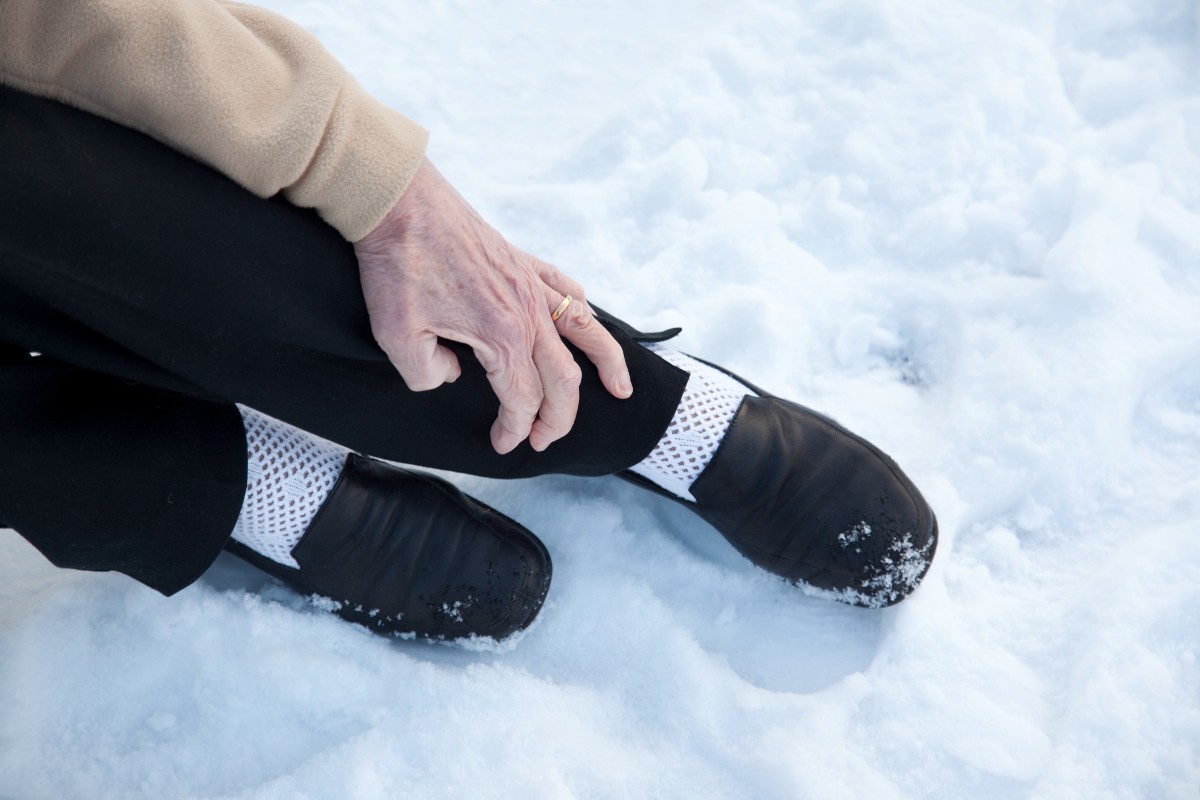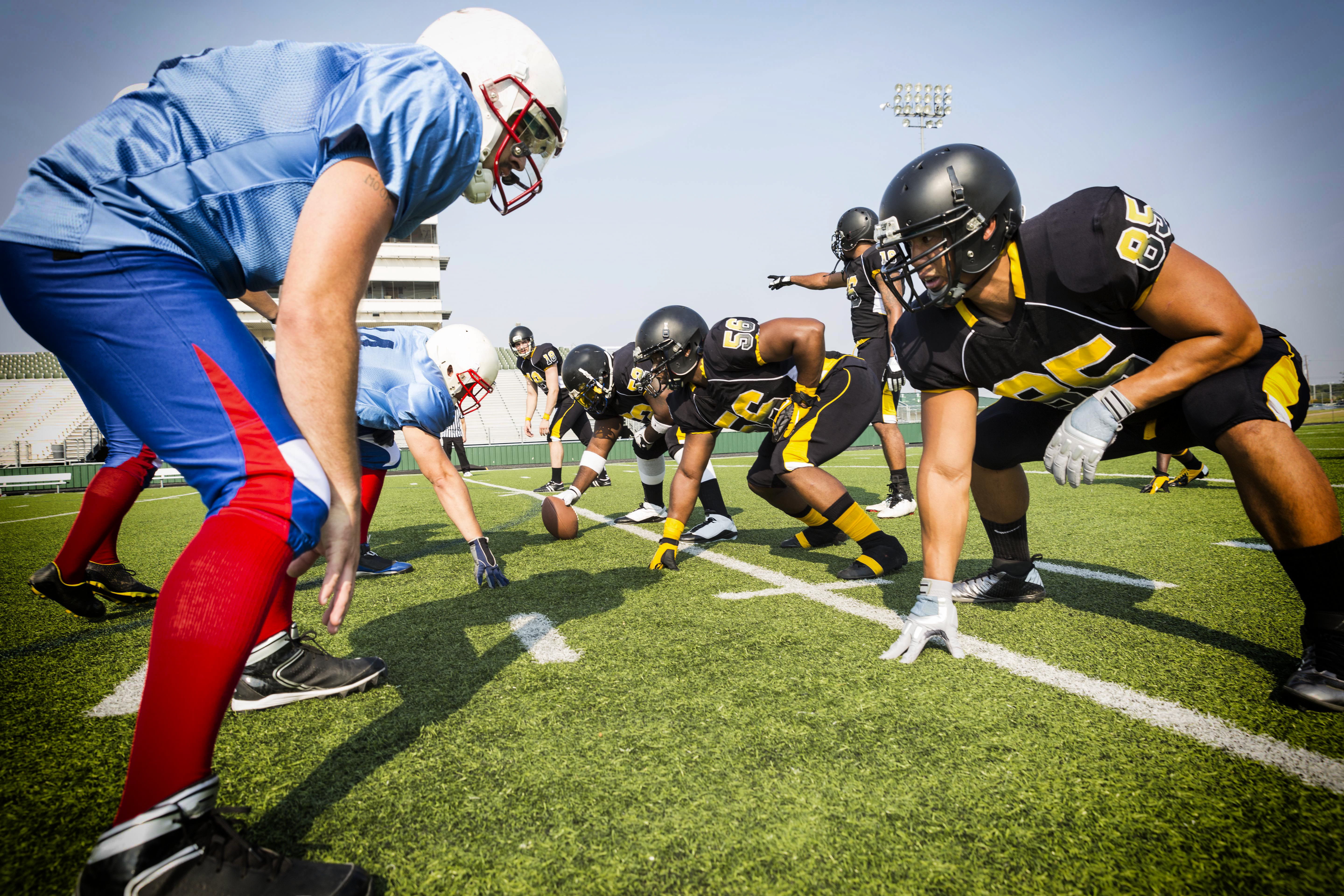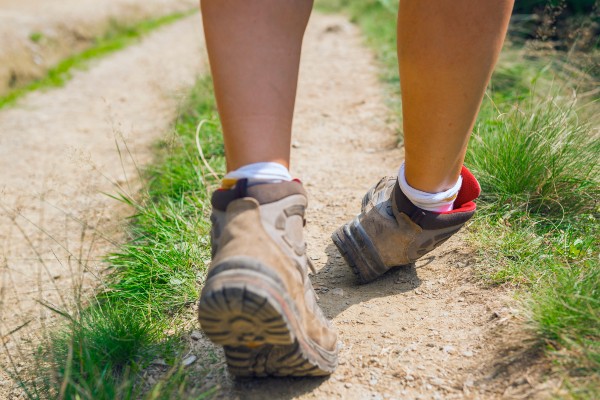Injured? When to use ice vs. heat
It may be difficult to know what to do when one first suffers a minor injury such as a pulled muscle or a light sprain. There are so many treatments available, it’s sometimes confusing as to whether a soothing heat pack is the best treatment, or in some cases whether an ice pack would be the better choice. In the case of a minor injury, there actually is a recognized order of treatment that individuals should follow in order to promote healing so they can get back on their feet as quickly as possible.
R.I.C.E Method
When sidelined by an injury, the proper home treatment is rest, ice, compression and elevation of the injured area, also known as the R.I.C.E. method. The first 48 hours after an injury is when an area is most likely to become inflamed and swollen. Applying ice to the injured area during that time helps to reduce blood flow to the injury, thereby reducing inflammation and swelling. The other letters in the acronym, “r” for resting the injured area, “c” for lightly bandaging the injury and “e” for elevating the injury, preferably above the level of the heart, also help to reduce pain.
The proper way to ice an injury within the first 24-48 hours is to alternate 10 minutes of ice application, followed by 10 minutes without ice. If you don’t have an ice pack, a bag of frozen vegetables is a good substitute. Never put an ice pack directly on bare skin. Always include some type of cloth between the injured area and the ice pack.
When to Apply Heat
Heat is not recommended within the first 72 hours of an injury since it opens up blood vessels, which increases the risk of bleeding in the injured area. However, heat is often used for chronic pain issues such as arthritis or muscle tension. After the first 72 hours of an initial injury, some physicians will recommend that their patients turn to heat instead. Applying heat to an injured area after 72 hours helps to open up blood vessels around the injured area, bringing nutrients in order to speed the healing process. For chronic pain, heat helps to relax tight muscles and can bring temporary relief to aggravated muscles. As with ice, never apply heat directly to bare skin — always place a cloth between the source of heat and your skin.
At Riverside Health, we're dedicated to compassionate, collaborative care. We provide a wide range of services, from childbirth to end-of-life care, delivering over 2 million services each year. Our integrated network allows us to support you seamlessly through health, illness, recovery, and wellness. With top clinicians and advanced technology, we’re here for you at convenient locations close to home and work. Visit riversideonline.com.
If you’re wondering where the best place is to get care, please see our guide below:
If your problem is life- or limb-threatening, call 911 or go to the emergency room.
Primary Care – Schedule through MyChart or call your provider’s office who you go to for most health care needs.
Virtual Clinic – Schedule through MyChart or click Here to learn more about Primary Care On Demand.
MD Express Urgent Care – Click Here to find a location near you for after-hours care or when your primary care provider is busy.
If you’re not sure, call Riverside Nurse 24/7 at 1-800-675-6368



